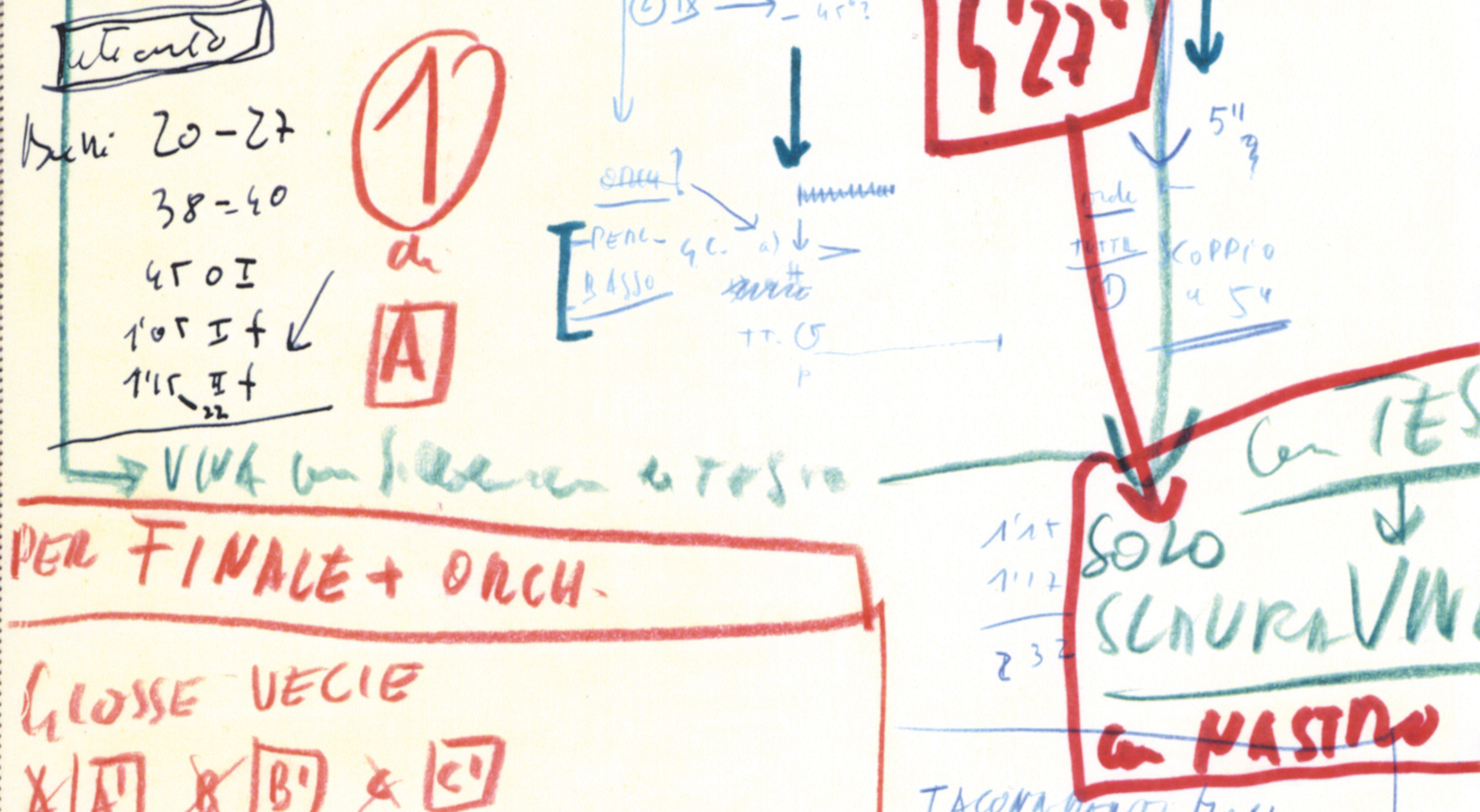Luigi Nono // Karl Amadeus Hartmann // Bruno Maderna
Como una ola de fuerza y luz...
Luigi Nono
Como una ola de fuerza y luz for soprano, piano, orchestra and tape
Karl Amadeus Hartmann
Adagio (Symphony no.2) for full orchestra
Bruno Maderna
Ausstrahlung for female voice, flute, oboe, orchestra and tape
Laura Aikin, soprano
Jean-Frédéric Neuburger, piano
André Richard, sound projection
SWR Symphony Orchestra of Baden-Baden and Freiburg
Ingo Metzmacher, conductor
Coproduction: Cité de la musique and Festival d’Automne à Paris // With the support of Mécénat Musical Société Générale and the Ernst von Siemens Foundation for Music // In collaboration with the SWR Symphony Orchestra of Baden-Baden and Freiburg and the Holland Festival
The concert will be recorded by France Musique radio station.
The concert presents three major yet rarely performed symphonic works.
In May 1971, when Luigi Nono was traveling through South America, he met Luciano Cruz, a member of the Revolutionary Left Movement. Cruz was a medical student and Nono was impressed by both his personality and the concrete work he was doing with workers, farmers and intellectuals. His death in mysterious circumstances in September of that year caused a great emotional response, extending all the way to Salvador Allende. Como una ola de fuerza y luz (Like a Wave of Force and Light) was written as an epitaph for Cruz; it features a voice as an incantation, a radical piano, and an orchestra erupting into a long march, as a tribute to the man who was an “example of daring, responsibility and freedom.”
On September 4 of the same year, in Iran, Bruno Maderna (1920-1973) conducted the world première of Ausstrahlung (Emanation), a work based on verse and mystical texts from India and Persia. Nono had great admiration for Maderna, who had been his teacher and was his friend; he admired his intelligence: “always open to these areas where music, new technical and expressive means, and new methods can interweave, determinedly, and given that man lives as a subject in our time, always tending towards man.” Ausstrahlung may be seen as a universal prayer through which fellow humans can find a common bond.
The composer Karl Amadeus Hartmann, was another close friend of Nono. “Grandeur and a generous form of humanity made Karl Amadeus Hartmann’s music vibrate as did each act in his life.” Hartmann wanted to change the world which had produced the horrors of World War I, reacting as early as the 1920s. Alas, history was to repeat itself, and the dark forces of Nazism drove Hartmann (1905-1963) into self-imposed exile. His Adagio for orchestra, composed in 1945-46, and first performed in 1950, marked the end of Hartmann’s strictly observed silence, the period when he refused to have any of his works performed under the Third Reich. He had done further studies with Webern, but his music never sought to unravel the weave of orchestral texture; rather he chose a massive impact, in a 1930s-type style, featuring expressive dissonance. The Adagio here has striking atonal clusters in the introduction that bring forth a surging melodic line, reminiscent of Ravel.
